How do I choose a bearing for my machine?
When it comes to selecting the right bearing for your machine, numerous factors need to be considered. From ensuring optimum performance to achieving longevity, choosing the correct bearing is essential. In this blog post, we will guide you through the process of selecting the perfect bearing for your machine, offering expert advice and industry insights.
Understanding Bearings:
Bearings are crucial components that enable rotational and linear movement within machinery. They support loads, reduce friction, and facilitate smooth operation. Selecting the appropriate bearing involves assessing multiple factors, including load capacity, speed, operating conditions, and desired lifespan.
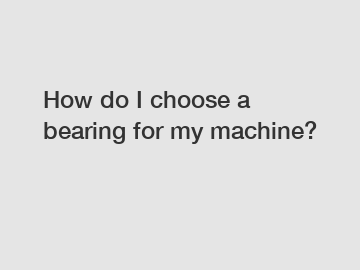
Factors to Consider:
1. Load Capacity: Determining the load your bearing will be required to carry is vital. Evaluate both the radial and axial loads that your machine will exert on the bearing. This data will help you identify the suitable type and size of bearing necessary for optimal performance.
2. Speed: The rotational speed or sliding velocity at which your machine operates influences the bearing you choose. Bearings are designed to withstand specific maximum speeds, and exceeding these limits can result in failure. Therefore, it is crucial to consider the anticipated speeds at which your machine will operate.
3. Operating Conditions: Evaluate the environment in which your machine will function. Factors such as temperature, moisture, dust, and chemical exposure can impact bearing performance. Choose bearings specifically designed to withstand the operating conditions that your machine will encounter.
4. Lubrication: Proper lubrication ensures reduced friction, increases bearing life, and prevents premature failure. Consider the lubrication method required for your bearing selection – whether it is oil, grease, or maintenance-free options. Ensure that the chosen lubricant is compatible with your machine's operating conditions.
Types of Bearings:
1. Ball Bearings: These popular bearings contain rolling balls between the inner and outer rings, allowing for smooth movement with minimal friction. They are ideal for moderate loads and high-speed applications.
Additional resources:Revolutionizing the Industry: Tianjin King Seal's OEM Rubber Parts - A Game Changer?
PVD Coating Gold: Everything You Need to Know for a Luxurious Finish
What does number 5 plastic mean?
What is Collet Chuck? Who Needs One?
Everything You Need to Know About Helical Gears
Get Your Standard Bale Clamp Now! In Stock
How can high-speed gear boost productivity?
2. Roller Bearings: These bearings distribute load over a larger surface area, making them suitable for heavy-duty applications. There are several types of roller bearings, including cylindrical, spherical, and tapered, each catering to different load and speed requirements.
3. Thrust Bearings: Specifically designed to support axial loads, thrust bearings accommodate forces occurring parallel to the shaft. They are commonly used in applications with high thrust loads, such as automotive transmissions and machine tools.
4. Plain Bearings: Also known as bushings, plain bearings consist of a metal sleeve that slides on a shaft. They are self-lubricating and suitable for applications with oscillating or radial motion.
Consulting Experts:
With a plethora of bearing options available, seeking expert advice can be advantageous. Consulting with bearing manufacturers or distributors can help you navigate the selection process more effectively. These experts possess in-depth knowledge and can guide you toward the most suitable bearing for your specific machine requirements.
Considering the Cost:
While selecting the appropriate bearing for your machine is crucial, it's important to strike a balance between performance and budget. High-quality bearings often come at a higher price, but they offer longer life, reduced maintenance, and improved machine reliability. Evaluate the cost of bearing replacements, downtime, and potential damage to accurately gauge the cost-effectiveness of each option.
Conclusion:
Choosing the right bearing for your machine is a crucial decision that directly impacts performance and longevity. By considering load capacity, speed, operating conditions, lubrication, and seeking expert advice, you can make an informed selection. Opting for high-quality bearings may slightly increase upfront costs but can result in significant savings in the long run. Remember, choosing the perfect bearing is key to ensuring smooth operation and extending the life of your valuable machinery.
For more light conveyor Guide Wheel, nicer nup 210 bearing, farm machinery bearinginformation, please contact us. We will provide professional answers.
Additional resources:7 Tips for Mastering Your Pallet Handler Skills
What are the General Failures of Drum Gear Couplings?
Investment Casting vs. Die Casting: Which Is Right for Your Application
What is a non-ferrous circular saw blade?
Miniature Bearings: Small Parts, Big Impact
How do Mist Eliminators work in industrial applications?
What are the benefits of using a Volvo Diesel Engine?
Related Articles

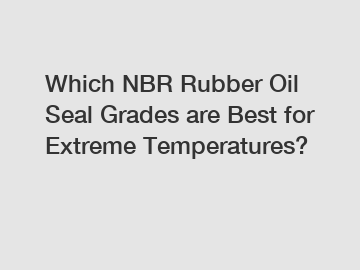
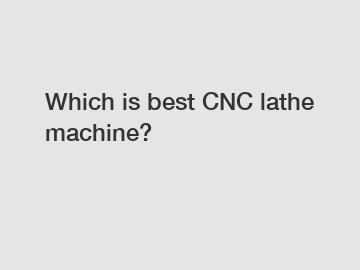
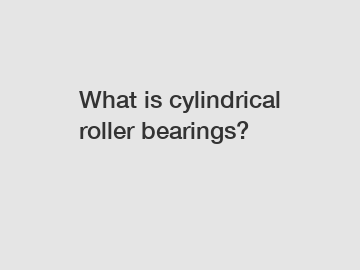
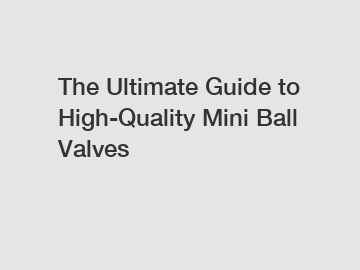
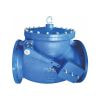


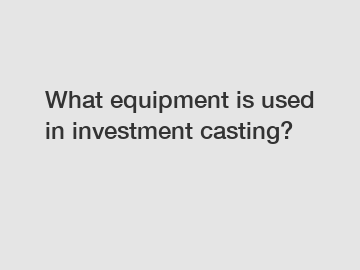
Comments
0